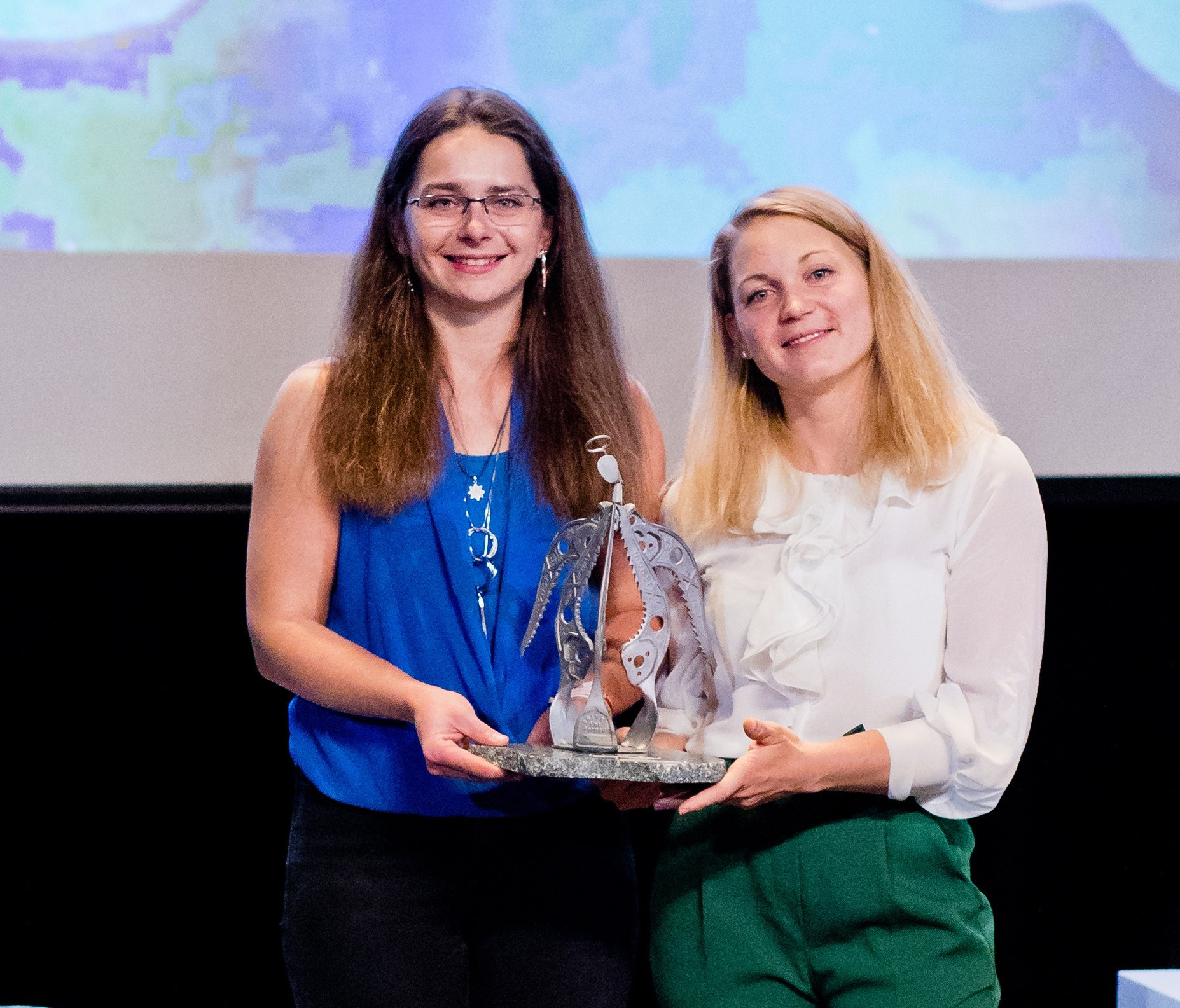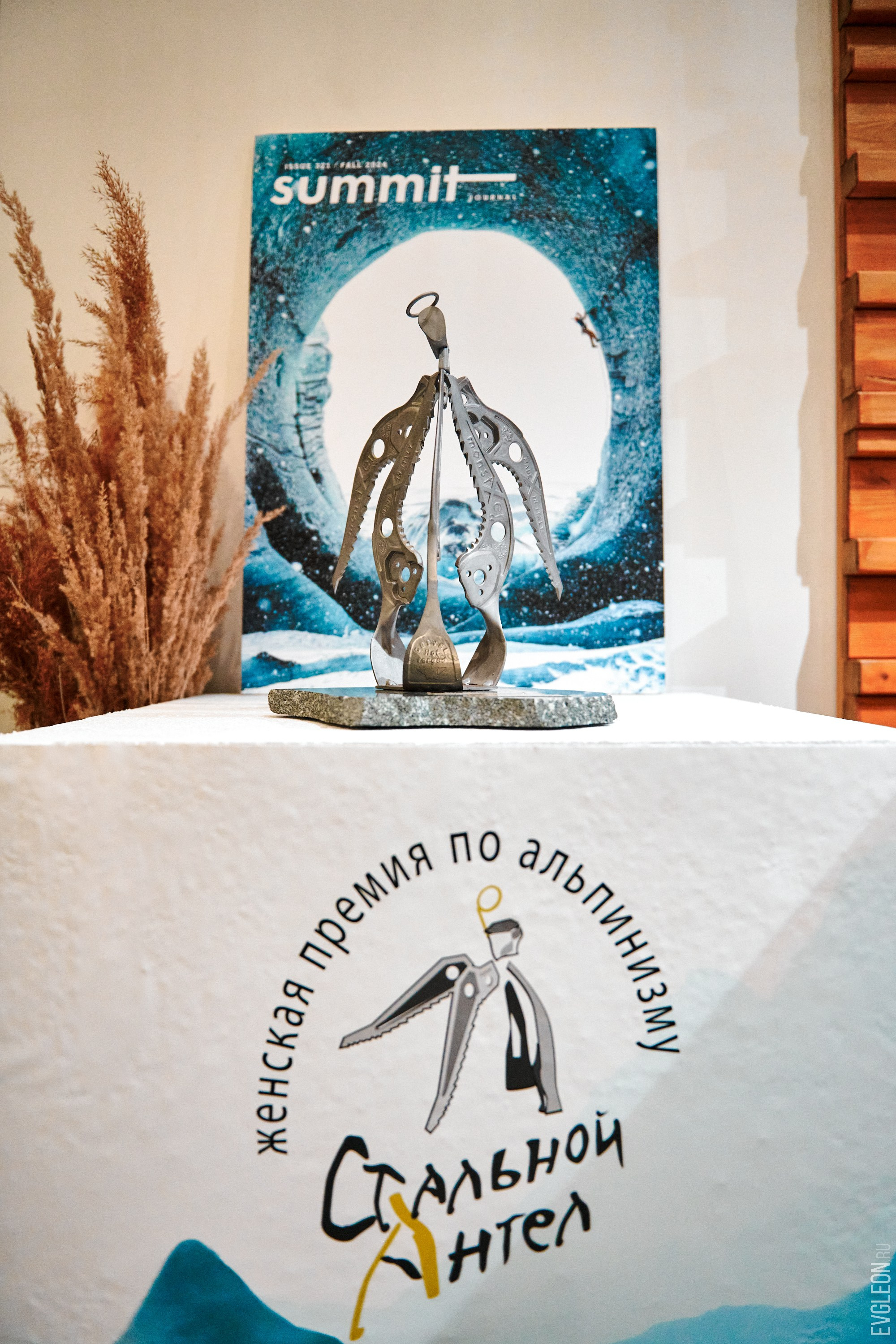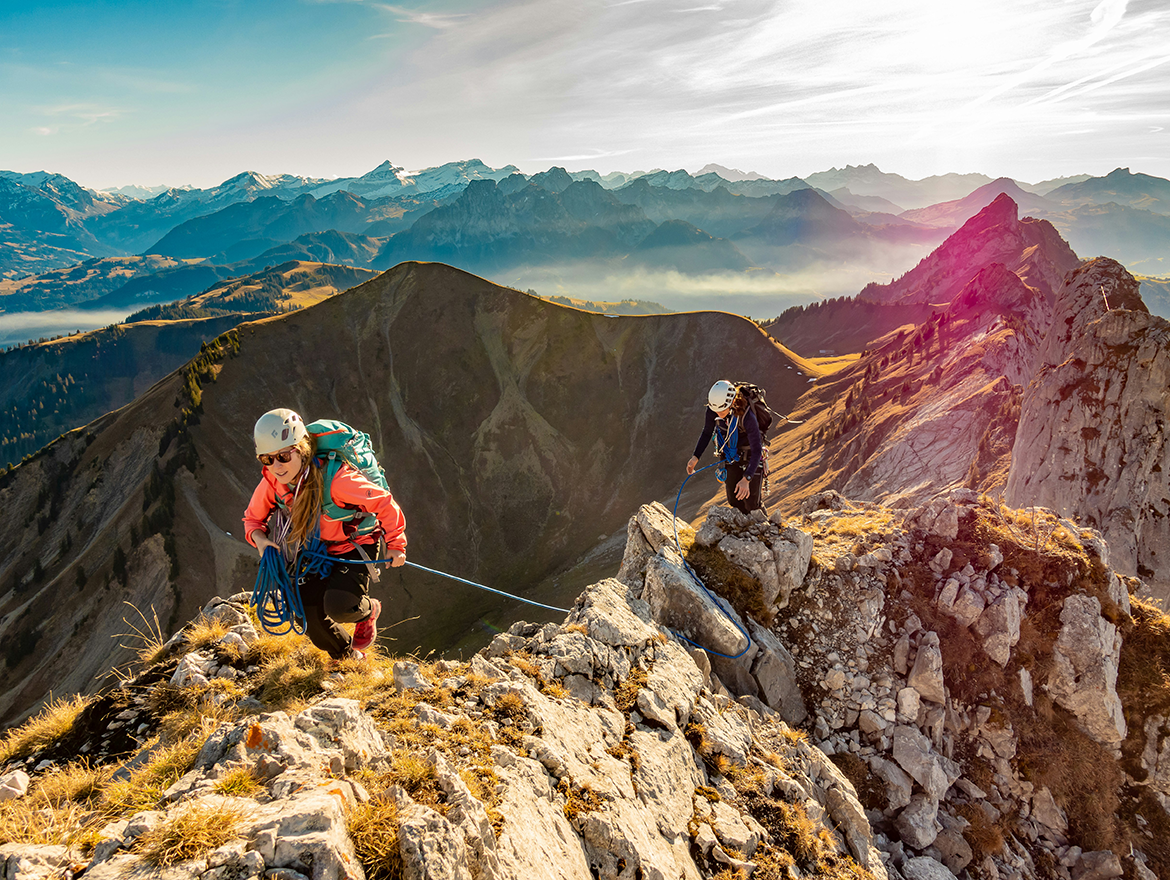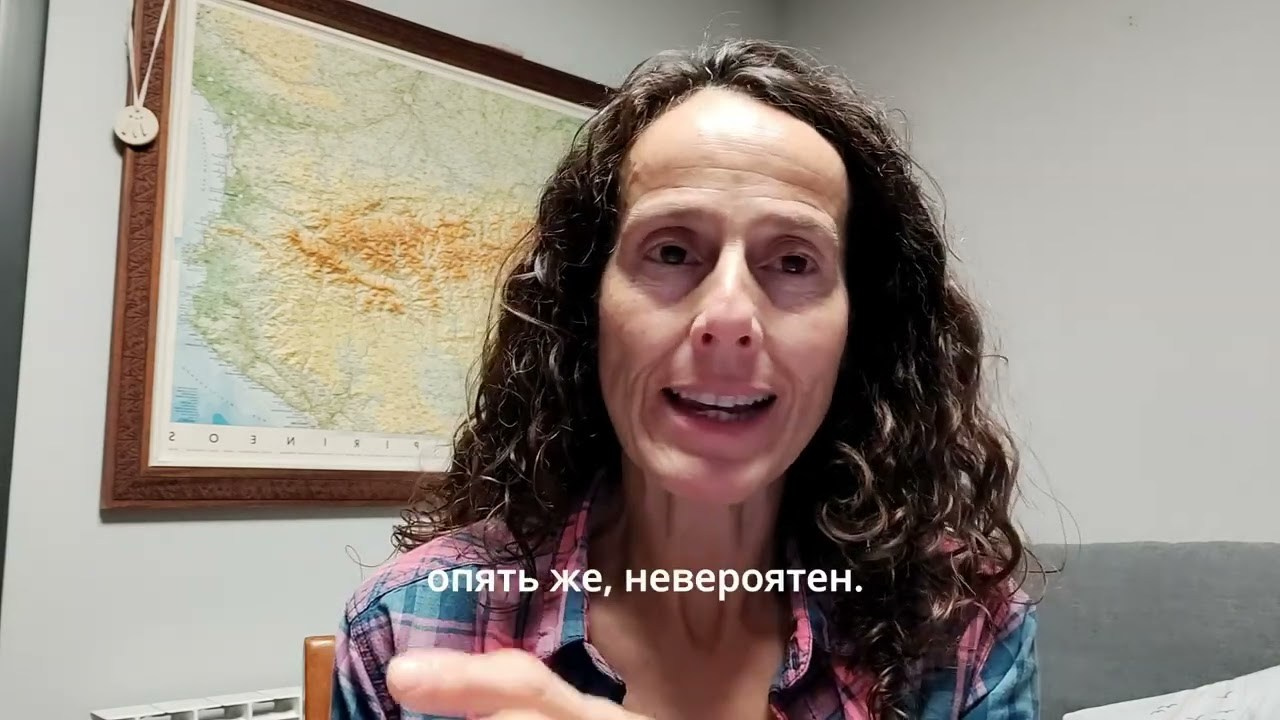Photo by Evgenija Leontieva
We did it!
This year, the Steel Angel Award went international! From a long list of ascents
made by all-female teams throughout the year and discovered through open
sources—media and social networks—the award committee chose six of the most
significant projects. Among the nominees for the 16th Steel Angel Award are
three Russian and three foreign teams: from France, Spain, and Slovenia.

To ensure maximum objectivity, the jury consisted of 8 experts from different countries, including one representative from each of the countries of the nominated teams. We would like to thank all the jury members for their hard work.
This year, the choices were tough, and the experts had very different opinions on ranking the teams. This means that all the nominated climbs done by female teams this year are equally significant and deserving of attention.
Соня Касас (Испания)
Марио Дибона (Италия)

Sonia Casas Torcida (Spain)
member of the expert jury
It was really difficult for me to make my choice, as all the nominations were really amazing. The high technical and sporting level of all the climbers is outstanding!
I have followed the award criteria, hotlining a first ascent to an unclimbed mountain. A first ascent requires a huge amount of determination, it involves a great deal of commitment and engagement, as there is no prior information about the mountain or the climb. The great uncertainty of the possible outcome is an additional risk, as well as the additional emotional burden to cope with. The added commitment of climbing at the altitude, the added risk of crossing glaciers, the isolation of a remote valley: they all add weight to any decision. Weather conditions can change absolutely everything. Also, the style needs being considered.
So, taking on account all these things, I did my choice, and I wish you all the best luck. I wish you the best. And I thank you all for being such a good reference for all of us: women, climbers, alpinists, and for the climbing community in general.

Lydia Bradey (New Zeland)
member of the expert jury
First ascent of Argo Peak North Face, Ashat Gorge, and first ascent of Lalung I — I speak about these two ascents together as they share so many qualities of Vision. Without vision, neither of these beautiful ascents would have been imagined and completed.
Vision extends beyond seeing an untouched line of weakness on a big wall, or finding a mountain that has never been climbed. Vision extends beyond the immediate surrounds, encompassing the logistics of approach and the complex identification of what to carry on the climb. Vision demands an accurate estimation of the level of technical skill and significant strength that will be demanded in this unknown place, and a deeply honest and intelligent appraisal of ones own strength and skills.
Vision is involved in the “What-If”s.
In these places, rescue is delayed at best. To comprehend the commitment of the alpinistes on Lalung I, it is illegal to take ANY form of communication into Lahdak as it is a Military zone. No Sat phone, no locator beacon, no GPS, and thus, no weather forecasting. In addition, although the highest intensity of technical mixed and rock climbing was not demanded on every metre of Lalung I, the climbing is at 6000m — significantly increasing the “grade-effect”. The level of both physical and emotional commitment would have ever increased as the climbers progressed up the ridge.
On these two climbs their Vision extends into Beauty. Argo North Face is a strong line up a remote and imposing wall, in a little-known area. The images and topographic map of the Argo route draw the reader in to imagine the power of this cirque. The constantly changing terrain and technical difficulties on this first ascent were dispatched effectively, and the initial lower angled terrain managed well. Once again this proves the efficiency of a team of three on a big wall.
Style: Both lines sing not just for the strength and impressive technical abilities but also for the bravery and tenacity of these women climbers who understood the scope of their own skills. Climbed in very different styles, these mountains were climbed with joy, efficacy and vision.
The Argo North Face and Lalung I ascents will continue to inspire women to step up, train up, and go outside into the beautiful mountains of the world, and climb.
However, most experts favoured the first ascent of Lalung performed by the Slovenian duo Anja Petek and Patricia Verde, considering it the one to best embody the spirit of the award and set the direction for the future development of modern women’s climbing.


Valery Babanov
The technical difficulty of the route is not the main criterion. Although the first ascent of Lalung may not match many others in terms of technical difficulty, it most fully embodies the Spirit of the Steel Angel—a beautiful and logical route line to a high summit, a safe route, completed by a duo autonomously in a remote area.
Almost all the experts said, “Wow! We knew European climbers were strong, but we had no idea how strong the Russian climbers are.” This is a source of pride for Russian women’s climbing.
But the powerful ascents made by French, Spanish, and Slovenian women are just as impressive. Undoubtedly, collaboration between the strongest European and Russian female teams will lead to even more outstanding women’s climbing projects in the future.

Michael Levy (USA)
member of the expert jury, editor and publisher of Summit Journal, media partner of the Steel Angel award
All of the nominees for this year’s Steel Angel award completed fantastic ascents that deserve recognition, but there is one among them that is particularly impressive and noteworthy. The first ascent of Lalung I, by Slovenians Anja Petek and Patricija Verdev, is a singularly beautiful climb that contains everything an alpinist could hope for in the mountains: a virgin peak over 6,000 meters, an elegant line full of complexity, engaging and difficult terrain, and just enough adversity from weather and duration that it never felt easier than it should have. The complicated east ridge offered high-difficulty mixed and ice climbing and the full bag of an alpinist’s tricks. The style—free except for rappels off of towers—was impeccable, and the team managed objective dangers with good risk analysis and cool heads, demonstrating the patience that the best alpinists display throughout their careers again and again.
The first ascent on the north face of Argo Peak, by Olga Lukashenko, Anastasia Kozlova, Darya Serupova, all from Russia, is a close second place for me. The upper half of the wall in particular looks to have provided a formidable challenge, requiring the team to move methodically while still climbing to a remarkably high degree of difficulty.
The other nominated climbs are all great achievements and important milestones for all-women teams in the mountains. The Mt. Chegem and Mt. Ushba ascents are beautiful ascents on stunning peaks, and would be lifetime ascents for most climbers.The first all-women ascents of iconic lines like Filo Sureste on Cerro Torre and Eternal Flame on Nameless Tower are important in particular for the inspiration they provide for future women teams to aim high and aim big. However, the novelty—both first ascents, one of them on a previously unclimbed peak; the beauty—striking, logical, and bold lines on aesthetic features; and the style—fast and light, mostly free, on ambitious objectives—of the Lalung and Argo routes are undeniable and the reason that they rise above the rest.
The main award ceremony traditionally took place during the annual Gala Evening, where climbers from all over Russia and neighbouring CIS countries gather, and more than a dozen annual awards are presented. Once again, similarly to last year, when we celebrated the 15th anniversary of the award, almost all the women nominated for the Steel Angel Award attended the ceremony. Even the team from Slovenia was present: Anja Petek and Patricia Verde managed to come and join the celebration.









The women from Spain and France could not attend, but the technological partner K2Tex not only provided an online broadcast so they could follow the ceremony but also organized a teleconference, allowing live interaction with the Spanish duo Lucia Guichot and Nieves Gil and Maud Vanpoulle from the French team. This interaction created a sense of unity among the Steel Angel Award nominees.




In addition to the grand award ceremony, the next day there was one more Steel Angel ceremony held in a more intimate setting at the Chalet restaurant of the Kant Sports Complex. There, in a cozy alpine atmosphere, the girls talked about their ascents and answered a lot of palpitating questions regarding their style, use of equipment, and movement techniques. The Krasnoyarsk girls shared with the Slovenian climbers the features of the Krasnoyarsk style of moving as a three-people team. And the Slovenians talked about the multi-level and versatile system of preparation and training of climbers in Slovenia. What is more, by the end of the program, they have already begun to make plans for future joint projects!








Спасибо за фото Евгению Леонтьеву, которая передала весь вайб обоих мероприятий
News

Steel Angel Award 2024 nominees and jury panel

The introduction of the Steel Angel Award to the international community

The Steel Angel Award Ceremony 2023

Expert Jury of the 15th Anniversary Steel Angel Award

Новая номинация — для женщин горных гидов

Бриллианты для «Стального ангела»

Шорт-лист премии Стальной ангел 2022





